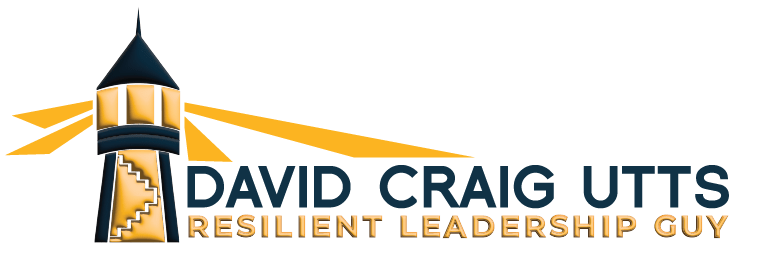Cultivating Resilient Leadership: Part II – The Power of Self-Regulation

Introduction:
In a previous blog post titled “The Resilient Edge,” we delved into the concept of resilient leadership and its three integral components: self-awareness, self-regulation, and self-leadership. This three-part series aims to explore each of these components, highlighting their significance in fostering effective leadership. In our last post, we examined the foundation of resilience through self-awareness. Now, let’s dive into the second key component: self-regulation, and understand why it’s critical in today’s dynamic business landscape.
The Essence of Self-Regulation:
At the heart of resilient leadership lies the skill of self-regulation. Self-regulation involves the ability to recognize, evaluate, and if needed, recalibrate your emotional state to align with the demands of the situation at hand. This foundational skill empowers you to effectively handle intense emotions, manage impulses, and interact harmoniously with others.
Examples of being highly self-regulated include managing frustration, swiftly transitioning from excitement to a composed state, seamlessly shifting focus between tasks, and maintaining an approach that bolsters trust in key relationships. Self-regulation equips leaders with the capacity to navigate challenges and uncertainties while fostering an environment that brings out the best in their teams.
Why Self-Regulation Matters Today:
In the rapidly changing landscape of business, today’s leaders operate within a context of ambiguity and volatility. Neuroscience reveals that our brains continuously assess the environment for safety, triggering reactive survival responses when danger is perceived. Such reactions can hinder conscious decision-making, behavior control, and effective collaboration.
To maintain their creative edge, leaders must remain self-regulated. This involves regular self-checks to ascertain if their emotional state aligns with their leadership goals. Leaders can navigate this environment with clarity, focus, and confidence by cultivating self-regulation.
Becoming a well-regulated creative leader entails three key strategies:
- Prioritize Self-Care Routines: Amid the hustle of an executive’s daily life, self-care must be a priority. Essential self-care practices include getting adequate sleep, maintaining a balanced diet, staying hydrated, and engaging in regular physical activity. These routines sustain your well-being, supporting your long-term impact as a leader.
- Maintain Resilience Awareness: The high-paced executive lifestyle can deplete your resilience rapidly. Leaders need to monitor their resilience levels to prevent burnout consistently. Integrating mindful breaks throughout the day can help restore energy by supplying essential nutrients to the brain. These moments of pause enable leaders to reconnect and enhance self-regulation.
- Deploy Emergency Measures: Despite best efforts, there are moments when resilience wanes. Recognizing signs of emotional depletion, such as snapping at colleagues or feeling overwhelmed, is crucial. Having emergency strategies on hand can aid in rapid recovery. Techniques like deep breathing, movement, or even a short outdoor break can reignite self-regulation.
Conclusion:
In today’s complex and fast-paced business landscape, resilient leadership is not just desirable; it’s essential. The ability to self-regulate is a pivotal pillar of this leadership style, enabling executives to navigate challenges gracefully, inspire their teams, and maintain a creative edge. By embracing self-care, staying aware of resilience levels, and deploying emergency measures when needed, leaders can weather the storms and thrive in the face of adversity.
In the next installment of this series, we’ll explore the final component of resilient leadership: self-leadership. Stay tuned to learn how these components intertwine to create a holistic framework for effective and enduring leadership.
About the Author David Craig Utts
Related Posts
The Executive Paradox: Finding Time for What Truly Matters in a 24/7 Corporate Cycle
Navigating Leadership with Critical Thinking: The Role of Challenging Beliefs
Executive Essentials: Tackling Drift and Cultivating Powerhouse Focus
Part II: Preserving the Essence of High-Performing Teams Amid a Disruptive, Complex World
Part I: Preserving the Essence of High-Performing Teams Amid a Disruptive, Complex World
The Empathy Trap: Why Too Much Can Diminish Your Leadership Impact
Cultivating Resilient Leadership: Part III, The Core of Self-Leadership
Cultivating Resilient Leadership: Part I – Nurturing the Power of Self-Awareness
